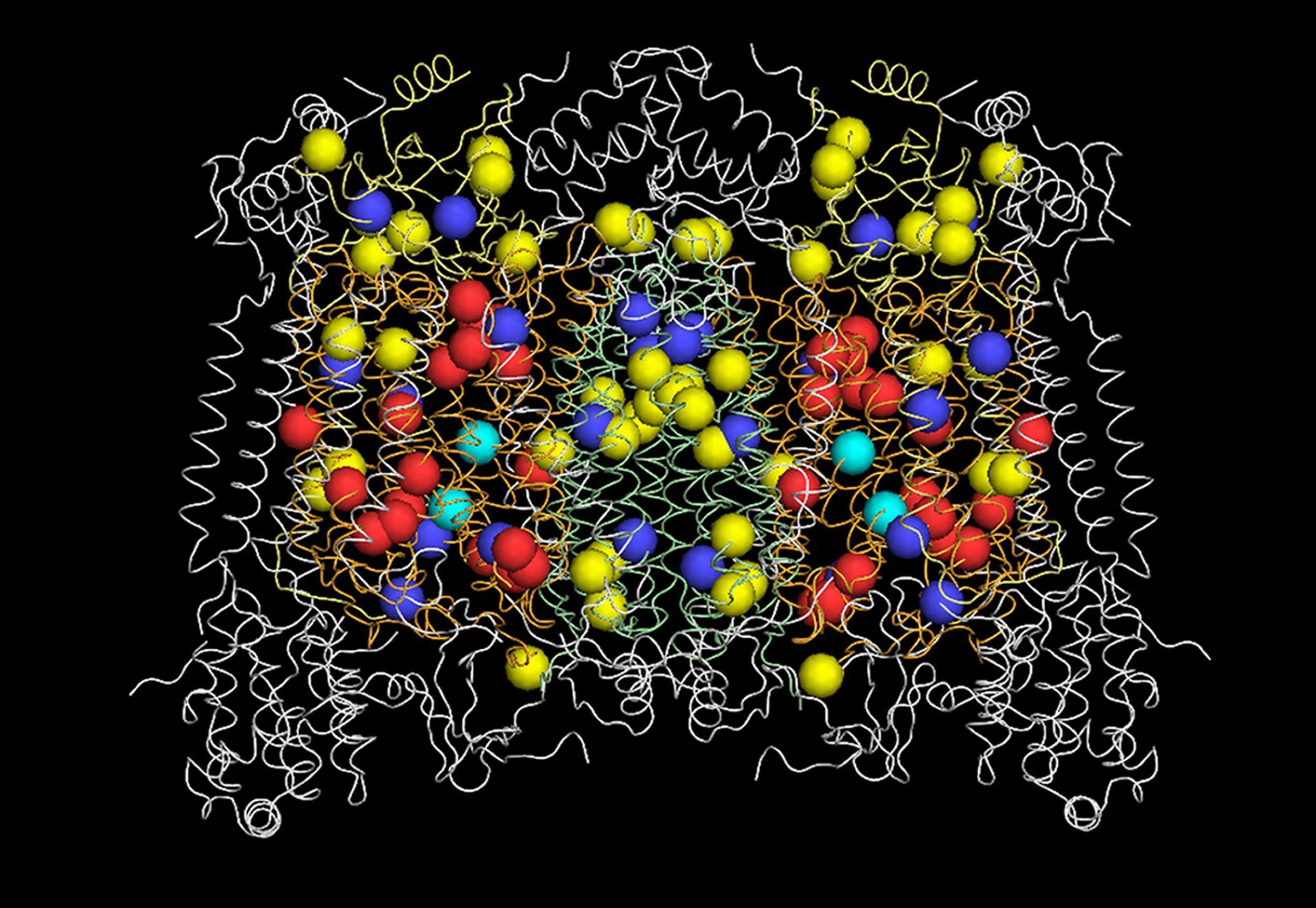3D map shows ‘human batteries’
Scientists have developed a 3D map of tiny “batteries” in the body which they believe will lead to a “significant breakthrough” in predicting and treating a wide range of diseases including cancer.
Dr Rhiannon Lloyd and Dr John McGeehan, of the University of Portsmouth, have created the first 3D disease map of mitochondrial proteins – miniature machines that assemble to form energy-producing “batteries” in the human body.
The map will allow doctors and researchers to make better diagnoses and develop better treatments of patients affected by mitochondrial disease. It also opens the possibility that scientists might be able to build patient-specific maps identifying precisely what is happening at molecular level.
Dr Lloyd said: “Our bodies contain many thousand miniature energy-producing ‘batteries’ known as mitochondria.
“Defective mitochondria are associated with a range of serious human diseases, including cancer.
“The UK Government has recently backed the use of three-parent IVF technologies to help those parents who are carriers to have healthy children, but research is urgently required to identify how these diseases occur in the first place.
“This 3D map paves the way for scientists and drug developers to be given for the first time a window to what is happening at molecular level in some diseases.”
Mitochondria have their own DNA which contains the genetic information to make vital energy-producing proteins and it is small defects, or mutations, in this DNA which can cause disease.
Despite the continuing discovery of more of these mutations, it remains fundamentally difficult to tell which ones are important in disease.
Dr Lloyd and Dr McGeehan have developed a strategy to visualise these mutations in 3D inside the mitochondrial proteins, allowing them to predict each mutation’s importance in a wide-range of diseases.
Dr McGeehan said: “Almost 100 mutations associated with diseases were analysed in 3D and categorised based on their location within the mitochondrial proteins. We created a comprehensive 3D map that led to the significant discovery of a new category of disease-associated mutation.
“Current available tools for predicting disease are extremely useful but often give contradictory information when applied to mitochondrial mutations, falling short of the holy grail of telling clinicians how likely and how severe mitochondrial diseases will be from the results of a straightforward genetic test.”
The research was part-funded by the University of Portsmouth’s research development fund and is published in the international journal PLOS ONE.
Latest posts by Sally - Silversurfer's Editor (see all)
- Should smacking a child be banned in England and Northern Ireland? - April 17, 2024
- Enjoy the best of the UK on a Shearings coach holiday - April 17, 2024
- Blueberry & Lemon Curd Bread and Butter Pudding - April 16, 2024
- Navigating the World with What3Words: A Lifeline for Older Generations - April 15, 2024
- Parsley Box – Bringing you time for the things you love! - April 12, 2024





















